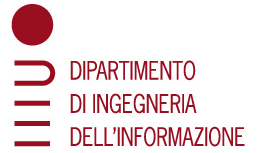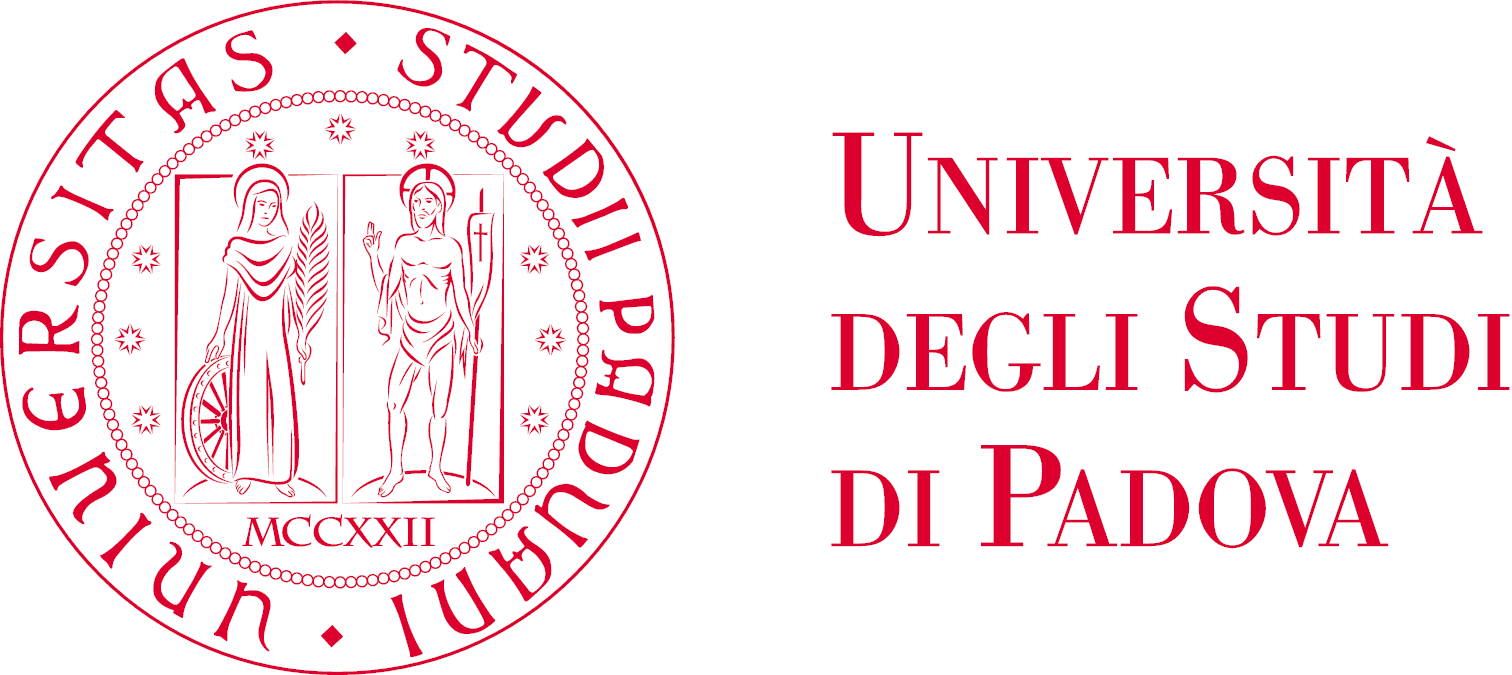


University of Padova
Description of the Organization/Institution
The University of Padua, founded in the year 1222, has presently 32 departments, 1 university hospital, 1 veterinary hospital, a budget of 607 Millions of Euro, and 2.210 professors and researchers. In 2013 it has been ranked nationally at the first place with regards to scientific excellence staying largely ahead of the second classified. The Doctoral Graduate Studies has been structured into 34 Schools, each with more than one autonomous doctorate course.
The Department of Information Engineering is a leading centre for education, research and technological development in the area of robotics, computer science, instrumentation and measurement, electronics, quantum physics, automatic control, photonics, telecommunications, operation research and bioengineering. It manages all the courses in the areas of information engineering, offered to about 4.000 undergraduate and master students. It includes more than 90 professors and researchers, and an equivalent number of PhD candidates and post-doc, plus about 30 technicians and administrative personnel.
Core Expertise
The Intelligent Autonomous Systems (IAS) group of the Department of Information Engineering has a strong experience in mobile robotics, real-time robot vision algorithms, humanoid robots, robot simulators, programming languages and environments, rehabilitation robotics.
In the last years, the group gained sensible experience on visual inspection and 2D/3D computer vision for industrial production. This includes the
introduction of state-of-the-art technologies developed in the scientific community into the industrial environment. A recent example is semantic segmentation, usually developed for service robotics applications, that is being currently tested in production environment to allow an industrial robot to navigate and recognize work stations where it needs to perform machining tasks.
Portfolio
The experience in the industrial environment was gained thanks to the participation to several European projects in the field:
- “3D Complete” (FP/-SME-2010-1 262009), whose aim is to develop a system for low cost, three-dimensional completeness inspection based on camera triangulation rather than more expensive 3D sensors;
- “Thermobot” (FoF FP7 284607) – for the development of a robot capable of detecting the presence of microscopic cracks/defects in metal and carbon fiber parts by means of thermography and thermographic image analysis;
- “FibreMap” (FP7 608768) – for the development of algorithms for measuring carbon fiber orientation during the draping process by means of image processing techniques and 3D data modeling.
The group is strongly connected with the spin-off company IT+Robotics, and cooperates with several other SMEs active in the robotics and perception field, like Omitec (Padova, Italy), Microtec (Mestre, Italy), Saipem (Marghera, Italy).
Areas of Application
The work developed within the IAS group is focused on both academic research and industrial applications. The academic research is applied to autonomous robots, robot vision, people re-identification, deep learning,
semantic segmentation, robot force control and human-robot interaction, while industrial research is applied to visual inspection, quality check and navigation in industrial environments.
Contact
University of Padova
Via 8 Febbraio 1848, 2
35122, Padova | Italy
Via 8 Febbraio 1848, 2
35122, Padova | Italy
Dr. Stefano Ghidoni
Phone: +39 049 827 7934
E-mail: ghidoni@dei.unipd.it
Phone: +39 049 827 7934
E-mail: ghidoni@dei.unipd.it
Link to website
Project Description:
EURECA
